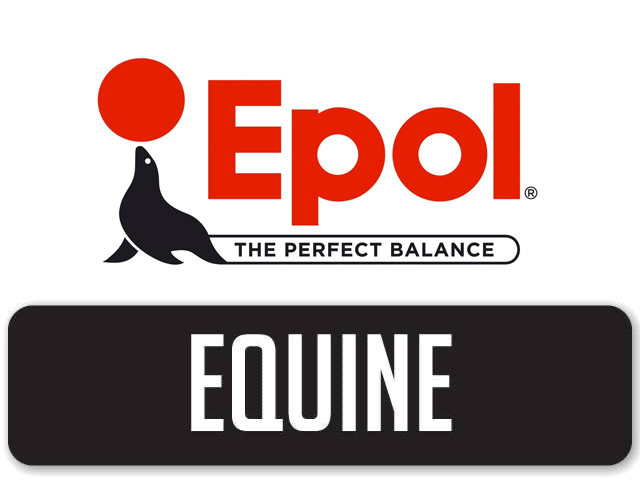Ever found your horse tucking furiously into his salt lick? Wondered if he could be ingesting too much salt? Or concerned he might not be getting enough? In this post we look at salt and how it should be used.
Horses are naturally good at regulating their salt intake based on need and they are able to assess when they need more or less sodium. Common salt is composed of approximately 39 % sodium and 61% chloride. Both minerals are integral in the regulation of body fluids and in the creation of electrical impulses that fire nerves and allow muscles to contract and flex. Most horses will seek out salt sources when they are in need and thus it can be beneficial to provide a free choice salt lick. Some horses, however, simply enjoy the taste and will consume more than they actually require. This is not usually a problem for the average horse with no kidney problems as long as there is access to plenty of fresh water which will help to remove the excess sodium and chloride.Having said that, when horses simply enjoy the taste and eat far too much, adding salt to their feed will allow the provision thereof without overdoing it.
The National Research Council (2007) reports the maximum tolerable intake of sodium chloride to be at about 6% of total dietary intake, presuming adequate water intake. Few horses consume anywhere near this much. However, be aware that signs of salt toxicosis include colic, diarrhoea, frequent urination, and general weakness. You should consult your veterinarian immediately if your horse exhibits any of these clinical signs. Most commercial feeds provide adequate salt levels for the workload for which the feed is designed and when combined with roughage, most horses will receive enough salt in their daily diets. Should you wish to add salt to the diet, the average 500kg horse will only need two tablespoons per day. However, this does depend on the rest of the horse’s diet and requirements – more salt will be needed if a horse is in hard work, for instance. Do note that most feeds today already include a salt % and so It is advisable, to contact an equine nutritionist to discuss each horse’s specific needs in addition to the salt inclusion in the feed used.
When selecting which type of salt to use, it is generally preferable to offer a free choice salt block. However, in situations where this is not possible, plain white loose table salt is fine. If no additional feed is provided, then a fully balanced vitamin and mineral supplement may be more ideal. Himalayan rock salt is good for providing sodium and chloride and it has been reported to contain various trace minerals. Recent studies, however, indicate that these are not provided in amounts beneficial to the horse, therefore a vitamin and mineral supplement or feed balancer would be more ideal for horses receiving no additional feed.
Article adapted from http://www.thehorse.com/articles/34627/my-horse-keeps-eating-hishimalayan-
salt-block-is-he-okay and written by Hannah Botha Equus Feeds




